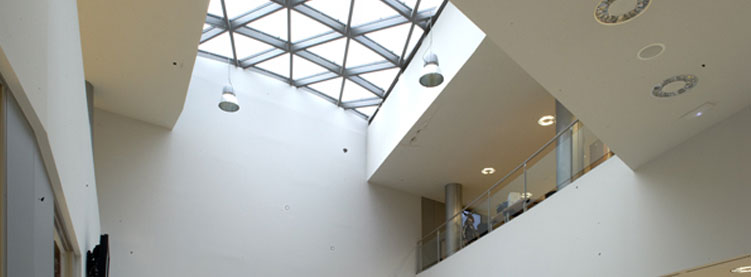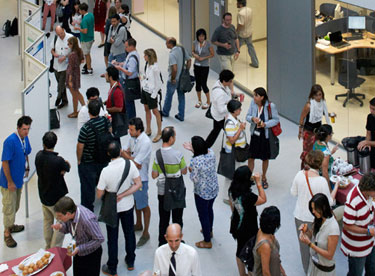
Cadmium and mercury are toxic metals that accumulate in the environment and represent a threat to photosynthetic organisms of polluted ecosystems. A research team from the Autonomous University of Madrid has studied the effects of these harmful metals in the microalga Chlamydomonas reinhardtii, a soil-isolated unicellular photosynthetic microorganism. Using synchrotron infrared microspectroscopy at MIRAS beamline in ALBA, researchers have identified multiple metabolic alterations in the main types of biomolecules (carbohydrates, proteins and lipids) of the microalga caused by cadmium and mercury. These insights help to optimize approaches for metal descontamination.
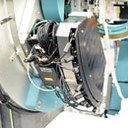
A new Position Sensitive Detector has been installed in the ALBA Synchrotron beamline devoted to high-angular resolution and high throughput standard powder diffraction. The project is co-funded by the Spanish government through the 2019 call for Scientific-Technical Equipment.
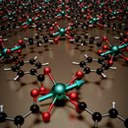
The magnetism of lanthanide-directed nanoarchitectures on surfaces can be drastically affected by small structural changes. The study carried out in a collaboration between researchers from IMDEA Nanociencia and BOREAS beamline at ALBA reports the effect of the coordination environment in the reorientation of the magnetic easy axis of dysprosium-directed metal-organic networks on Cu(111). The authors show that the magnetic anisotropy of lanthanide elements on surfaces can be tailored by specific coordinative metal-organic protocols.
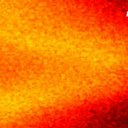
The first ARPES measurement is a fundamental step in the commissioning of the LOREA beamline. The chosen sample was bismuth-telluride, a thermoelectric material capable of converting electricity into temperature difference and vice-versa. LOREA, co-funded with ERDF funds, is expected to be receiving the first users by October 2021.
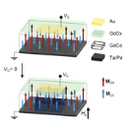
Manipulating magnetism by electrical means is central to spin-based data storage and manipulation. Achieving voltage driven 180° magnetic switching is desirable for spintronic device applications because of the potential low power consumption. A study lead by researchers from Massachusetts Institute of Technology (US) with collaborators from University of Minnesota (US), Chemnitz University of Technology (DE), Korea Institute of Science and Technology (KR) and the ALBA Synchrotron demonstrates 180° magnetization reversal in the absence of external magnetic fields by voltage induced hydrogen loading into ferrimagnets in an all-solid-state structure. The reversal is realized by changing the relative magnitude of sublattice magnetizations through hydrogen loading into a rare earth–transition metal ferrimagnet, which was revealed using XMCD measurements at the BL29 beamline in the ALBA Synchrotron. The results have been published in Nature Nanotechnology.

